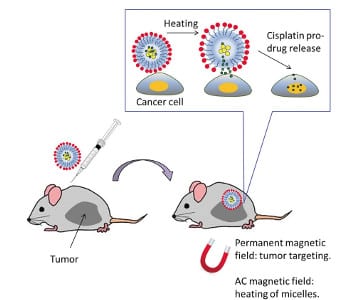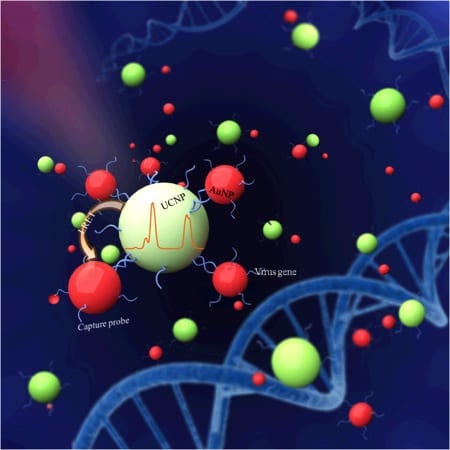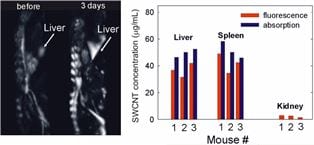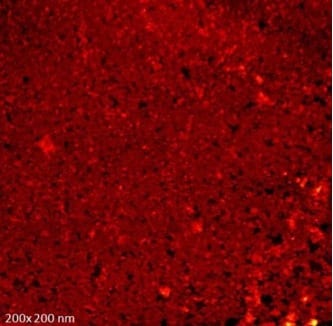A Harvard research team has used a layer-by-layer technique to assemble a nanostructured surface coating infused with a fluorocarbon-based lubricant.


A Harvard research team has used a layer-by-layer technique to assemble a nanostructured surface coating infused with a fluorocarbon-based lubricant.

A team have combined “lab-on-paper” technology with SERS to provide a label-free, ultrasensitive and powerful tool for the detection of specific molecules.

Cisplatin pro-drug delivery via thermosensitive magnetomicelles is visualized at the interface between nanomaterials and living systems with sub-100 nm resolution

A team from Nanyang Technological University in Singapore has created long titanium nanotubes that show promise for use in fast charge/discharge batteries.

Chinese group develop a novel nanofiber-array sensor and experimentally demonstrate its potential in the detection and sizing of single nanoparticles.

A team in Hong Kong has developed a new method for detecting the lethal bird flu virus quickly, using a class of materials called upconversion nanoparticles.

Three-dimensional optoacoustic tomography enables quantitative measurements of nanoparticle concentrations to evaluate their biodistributions in animal models.

Recent work reports the use of a magnetic graphene oxide-iron oxide nanoparticle nanocomposite to fabricate an MRAM operating at room temperature.

Researchers have demonstrated a novel microfluidic method to pattern organic films directly in air.

Takao Someya talks about his new role as an Advanced Electronics Materials Editorial Board member, his research priorities, and future applications of flexible electronics.